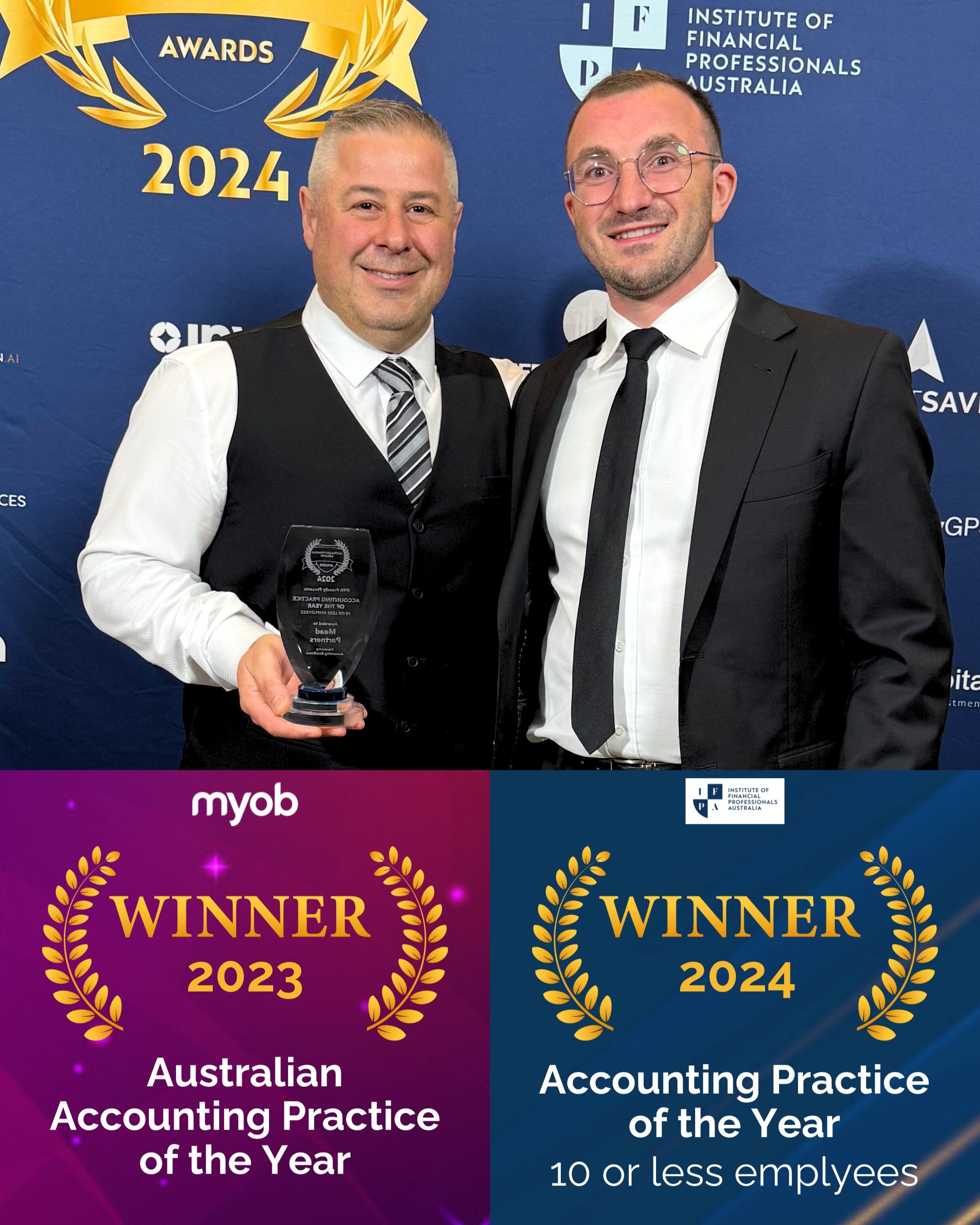
Book a Free Consultation!
✅Builders CFO Program
✅Business Improvement Program
✅Taxation Advice


Whether your business sells to people or to other businesses, whether you sell a product or a service, finding new leads is always vital. More leads — the people or businesses interested in you — means a bigger market to sell to.
Because of this, many successful small business owners continuously look to expand their customer base and grow their businesses by lead generation. Lead generation is a term you hear a lot. Simply, it is the process of attracting and converting strangers to your business into people who indicate interest in the product and/or service you offer.
With business growth usually being a difficult and long-term process, the role of lead generation in feeding into a steady stream of sales is one of the true fundamentals to get right. Lead generation is important for:
- engaging with potential customers in a personal way
- increasing your client base
- building revenue.
But what exactly is a ‘lead’?
Basically, a lead is any person or business that has an interest in the products or services you are selling. You may find these leads by collecting names at a trade fair, via an online survey or calls from an ad. In the B2C world, the lead is often the user or consumer. In the B2B world, the lead is often a representative of a group of users or consumers.
Naturally, you need leads to generate sales, and, just as naturally, not all leads convert into customers. Some leads have a better prospect of becoming paying customers than others. These are the quality leads you want.
Because generating each lead costs your business money, an effective lead-gen strategy should focus on maximising the number of high-quality leads, while filtering out those that are less relevant.
How do I find more leads?
What you want to do is create a system that will help you identify sales leads for your small business, and then — with the appropriate level of marketing, focus and effort — turn them into customers. The method that works for your business may be quite specific and you may need to use some trial and error to find out what works best for you.
Further, as markets are always fluid, what worked well yesterday might not work so well tomorrow. It, therefore, makes sense to consistently return to your lead-gen strategies and look for ways to make ‘good enough’ a little better.
So, here are 6 tips for getting your small business’s lead generation on the right track:
1. Identify your target audience
The first step of lead generation is simply knowing who you are pursuing — your target audience. You can’t successfully reach and sell to your ideal customer if you don’t know exactly who they are. Research your audience and come up with a clear picture of the relevant aspects of their identities, where they live, what they like to do, how much money they make, what their lifestyle and personality are like, etc.
2. Create a LOT of opt-in opportunities
Webinars, free reports, live demos … don’t stop at just one or two opt-ins. Turn every blog post into an opt-in page. You can give away recipes, PDFs of your blog posts, worksheets, resource guides and more. The trick is to make those opt-in opportunities irresistible.
3. Always be testing
Getting great advice is a good thing, but it’s dangerous to think that because it worked for someone else, it’ll work equally well for you. That doesn’t mean you should ignore great advice, but that you need to test, test, test — and do the testing right. Research different testing methods and adjust to suit your business. One method is to test using different terms online to improve your data collection. For example, do you collect more leads by a button that says “start your trial here” OR “start my trial here”? Simple changes can reap great rewards.
4. Use an email newsletter
Now that your opt-ins are dialled in, it’s time to cultivate the relationships you’re forming. Grow the connection to develop prospects from the lead stage through to a sale (and eventually a repeat sale!). One of the best ways to create consistent communication with your prospects is through an email newsletter. This helps you develop an ongoing relationship that also has benefits for word-of-mouth referrals.
5. Leverage social media
Social media provides many opportunities for small businesses to create conversations with prospective customers and generate new leads. It is an important way to connect and engage. You can create a Facebook page, Twitter profile, LinkedIn company page, Pinterest account or a YouTube channel to attract and engage your audience, then funnel them through your process to become leads. The platforms you choose to use will be largely determined by your target audience and what they use themselves. Best of all, once you know which platforms to pursue, setting up a profile there will be free.
6. Use Gmail ads to target competitors’ customers
Here’s another tip for generating tons of leads, at the expense of your competitors: Gmail Ads. This is a powerful tool for getting right in front of your target audience right in the place online that they visit most — their inbox. Visit the link to find out more.
Become a lead-generation leader
Lead generation should be thought of as a long-term and continuous process. If you get an efficient system in place using the sales lead tips above, you can then streamline the process and increase your opportunities for business growth.
Constant lead generation gives your business not only a chance to increase sales but constantly finding new sources is a chance for renewal. New clients and customers provide a different perspective and can lead to even more opportunities. Because where you lead-gen leads, your fortunes tend to follow.

Send To Someone